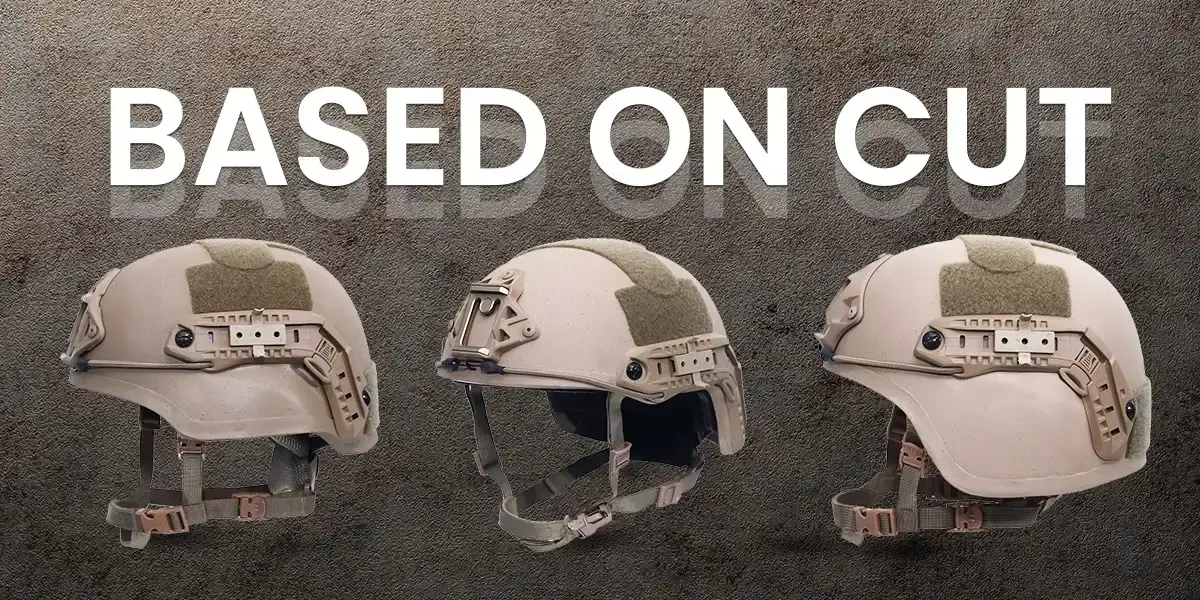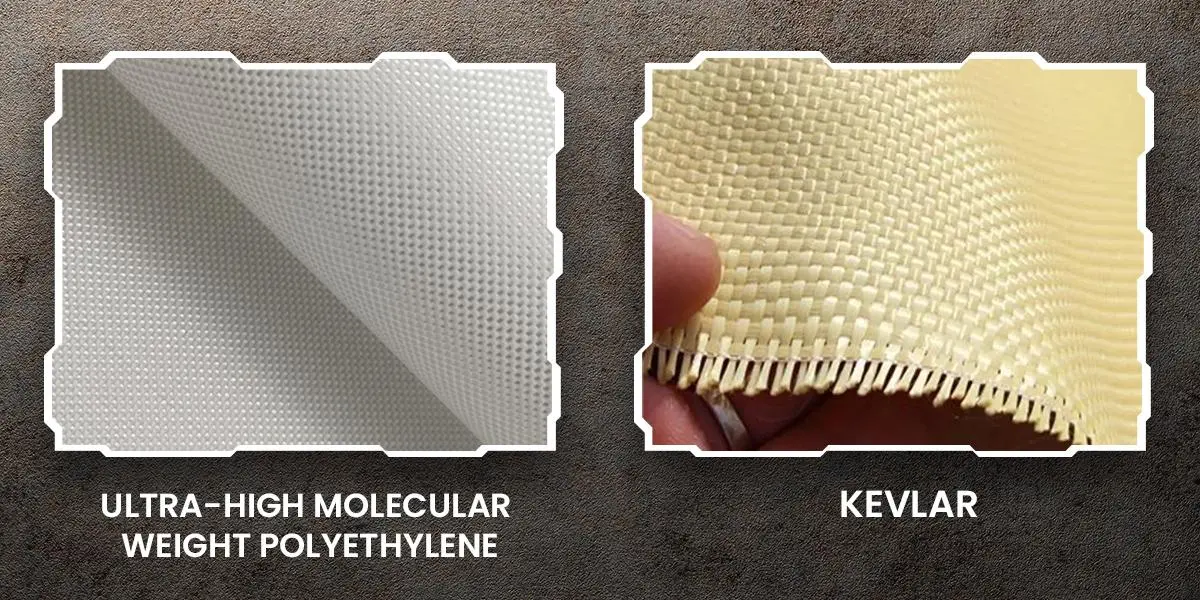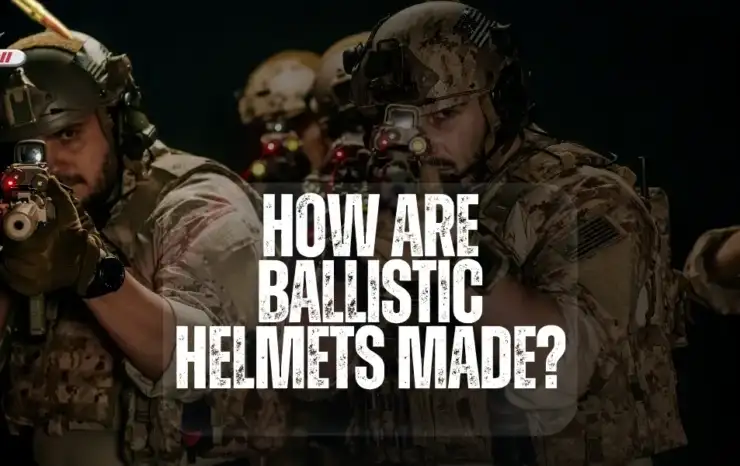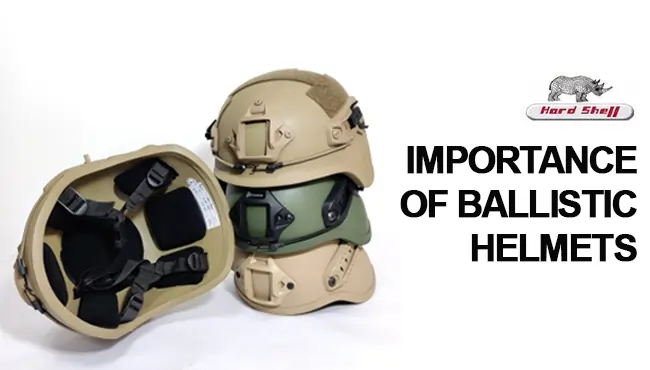A Comprehensive Guide To Choosing The Right Ballistic Combat Helmet
For all those who are engaged in military activities, law enforcement, or operating in other high-risk environments, choosing the right ballistic helmet becomes very important. In addition to offering critical head protection from projectiles, shrapnel, and other threats, a ballistic helmet provides other functionalities for communication and situational awareness.
Choosing the best ballistic combat helmet tailored to your unique requirement can be difficult due to the wide range of options in the market. No need to worry as we have got you covered!
Here is a comprehensive guide to the considerations that you need to make while choosing a ballistic combat helmet. This will assist you in making an informed decision that meets your demands for safety, comfort, and functionality.
Based on Cut

The degree of covering and mobility that a ballistic combat helmet provides is determined by its cut. There are mainly three types of cuts available: full-cut, mid-cut, and high-cut. Each cut is designed to meet specific operational needs.
Full-Cut
Full-cut helmets provide the most comprehensive coverage, including coverage for the ears and neck. The full-cut design is suitable for frontline soldiers and those who may encounter high-explosive areas as it provides complete protection against shrapnel and ballistic threats. They may, however, be bulky and restrict the usage of extra attachments, including hearing protection or communication devices.
Mid-Cut
Helmets with a mid-cut provide a fine blend of protection and agility. They provide better compatibility with communication devices and ear protection because they cover the majority of the head while leaving the ears uncovered. Mid-cut helmets improve situational awareness and mobility while offering sufficient protection, which is essential for tasks requiring rapid reflexes and agility. Hearing capabilities are improved because of less coverage around the ears, which is advantageous for fieldwork where coordination and communication are crucial.
High-Cut
High-cut helmets provide the least coverage but maximum mobility and accessory compatibility. They expose the ears, which facilitates the usage of accessories like hearing protection and communication devices. For special operations and tactical tasks where agility and situational awareness are critical, high-cut helmets are perfect. The high-cut design makes it possible to integrate with a variety of accessories including lights, cameras, and night vision goggles (NVGs). These helmets are lightweight in nature and comfortable for extended wear.
Based on Materials Used

A ballistic combat helmet’s material has a considerable impact on its protection and weight. The two most common materials used in ballistic helmets are aramid fibers and Ultra-High Molecular Weight Polyethylene (UHMWPE).
Aramid Fibers
Ballistic helmets commonly use aramid fibers, such as Kevlar, because of their exceptional strength-to-weight ratio. These helmets provide strong protection against shrapnel and ballistic hazards. Due to their strength and capacity to withstand high temperatures, aramid fibers are well-suited for use in challenging combat environments. In addition, they are reasonably light, which makes them comfortable to wear for extended periods of time.
Ultra-High Molecular Weight Polyethylene (UHMWPE)
Ultra-High Molecular Weight Polyethylene (UHMWPE) is another popular material used for making ballistic helmets. UHMWPE helmets are lighter than those made from aramid fibers but offer similar or better protection. They are more resilient in a variety of settings because of their strong resistance to UV rays, chemicals, and water. Their lightweight nature minimizes strain and fatigue, making them perfect for extended missions and operations requiring a high degree of mobility.
Based on Protection Level
The level of protection provided by a ballistic combat helmet is defined by its compliance with National Institute of Justice (NIJ) standards. These standards describe helmets according to their ability to stop specific ballistic hazards. Here are the three most prevalent levels of protection.
NIJ Level IIA
Ballistic combat helmets classified as NIJ Level IIA provide basic protection against some small pistol calibers. They are appropriate for low-risk settings where there is minimal chance of encountering high-velocity threats. Law enforcement officers on routine patrols and security personnel in low-threat environments generally use Level IIA helmets. Even while they offer sufficient protection in these situations, they might not be enough in high-risk areas where more potent weapons are common.
NIJ Level II
NIJ Level II helmets provide improved protection against certain handgun rounds. They are appropriate for a range of operational settings as they provide a reasonable balance between protection and weight. In settings consisting of moderate ballistic threats, law enforcement officers and military personnel can use NIJ Level II helmets.
NIJ Level IIIA
NIJ Level IIIA helmets provide the best protection currently available. Although these helmets are a little bulky, they are an ideal choice in high-threat situations where high-velocity handgun and submachine gun rounds pose a serious threat. Military troops, special operations forces, and tactical units utilize these helmets in combat zones.
Based on Comfort
Comfort is an important consideration when selecting a ballistic combat helmet, particularly for extended use. Several factors influence the overall comfort of a helmet, which are as follows:
Weight and Balance
The wearability of a helmet is influenced by its weight and balance. Wearing heavier helmets may result in neck strain and fatigue over time. For comfort during extended usage, look for helmets that provide a good mix of protection and weight distribution.
Ventilation
Proper ventilation keeps the wearer cool and avoids overheating. Some helmets have ventilation holes or channels that let air flow through, enhancing comfort in hot and humid weather.
Interior Lining and Padding
Impact absorption and cushioning are provided by a helmet’s inside lining and padding. By lowering pressure points and guaranteeing a solid fit, premium padding can improve comfort and fit.
Retention Systems
A well-designed retention system, like a suspension system or chin strap, holds the helmet firmly in place during movement. The helmet’s adjustable straps and pads enable a personalized fit, ensuring stability and comfort.
Based on Types of Helmets
Different types of ballistic combat helmets are manufactured to meet specific operational requirements. Here are some of the most common types, each with its own distinct features and benefits.
PASGT HELMET
Among the oldest helmets is the Personnel Armor System for Ground Troops (PASGT) model. Made of aramid fibers such as Kevlar, it provides strong protection against ballistic threats and gives full-cut protection. The PASGT helmet is known for its durability and comprehensive coverage, making it suitable for frontline infantry and heavy combat situations. However, when it comes to weight, it is comparatively on the higher side.
MICH HELMET
The Modular Integrated Communications Helmet (MICH) is made with enhanced device compatibility and hearing protection. It is utilized by special operations forces and generally has a mid-cut design. With features that improve situational awareness and operational efficiency, the MICH helmet strikes a solid balance between protection and mobility. It’s perfect for tactical operations and coordinated missions because it can be integrated with communication devices.
FAST HELMET
With its high-cut design, the Future Assault Shell Technology (FAST) helmet maximizes mobility and accessory compatibility. It has integrated accessory rails and mounts for mounting lights, NVGs (Night Vision Goggles), and other tactical equipment. The FAST helmet is preferred by tactical teams and special operations groups because of its adaptability and capacity to accommodate several accessories. Its high-cut shape enhances comfort and movement, making it appropriate for demanding and fast-paced missions.
Based on Accessories Compatibility
Modern ballistic helmets include components that allow for the attachment of various accessories, hence increasing their functionality and versatility. Some of these most commonly used accessories are discussed below:
Accessory Rails and Mounts
Lights, cameras, and communication devices can be attached with the help of accessory rails and mounts. These components are especially helpful for tactical missions and special operations. Users can tailor their setup according to mission requirements thanks to the flexibility and adaptability offered by helmets with integrated rails and mounts.
Night Vision Devices
Night vision devices (NVDs), which are necessary for operations in low light, are compatible with a wide variety of helmets. Make sure the helmet is stable enough to accommodate NVDs. These devices can significantly improve situational awareness and operational efficacy at night. Attaching NVDs to helmets is essential for missions that call for accuracy and stealth in the dark.
Communication Devices
During operations, integrated communication devices improve coordination and situational awareness. Helmets that are compatible with microphones and headsets so that team members can communicate easily are an added advantage. The success of a mission depends on effective communication, and helmets with communication devices can be of great help here.
Face Shields
For added facial protection, some helmets allow face shields to be attached. This function comes in handy for controlling riots and other high-risk situations where there is a threat of impact or debris. Ensure that the face shields can be quickly attached and removed from the helmet without compromising on comfort or movement.
Based on Color
Ballistic helmets are available in a variety of colors to accommodate diverse operational settings and preferences. Black, green, tan, and camouflage patterns are examples of common colors. Color selection can affect efficacy in particular settings. For instance, patterns that are green or camouflage may be better suited for forested locations, while tan or desert camouflage is effective in arid areas. Selecting a color that complements your environment and operating requirements improves concealment and lowers the possibility of detection by enemies.
Conclusion
A number of considerations need to be made while choosing a ballistic combat helmet, which we have explained in detail above. Having a thorough understanding of these factors will enable you to select a helmet that best suits your demands in terms of both functionality and protection.
Investing in the appropriate ballistic helmet is crucial for your safety and efficacy while on the field, regardless of your profession – military, law enforcement, or security. This guide will certainly help you in making the right choice.


